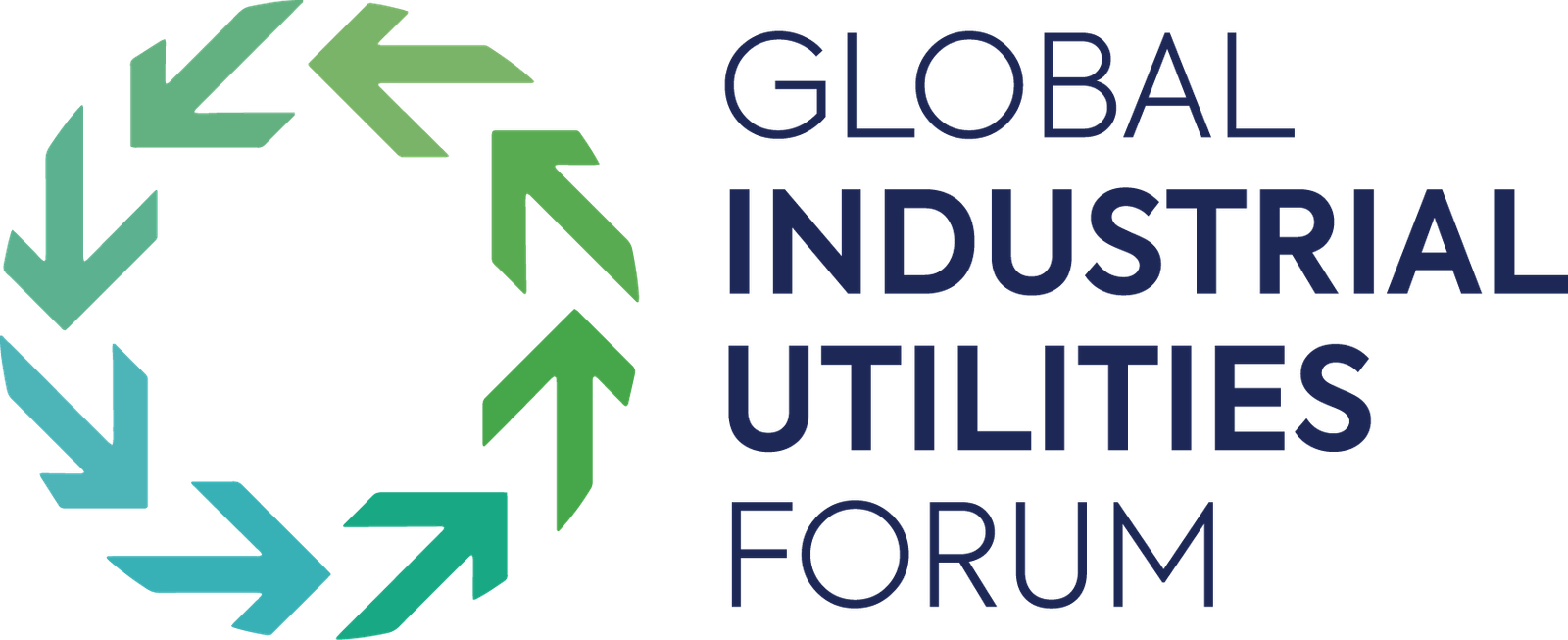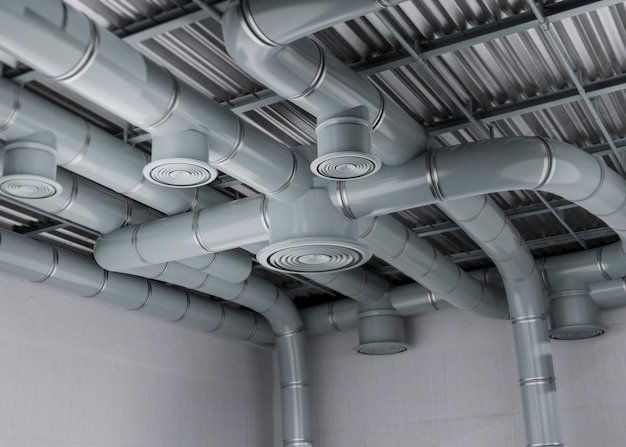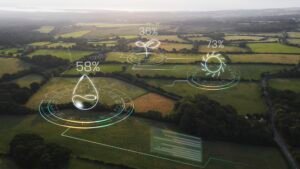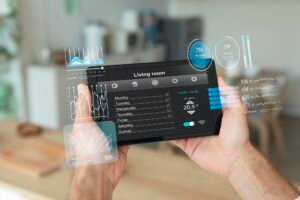Industrial facilities face increasing challenges in maintaining air quality as stringent environmental regulations drive the need for more efficient purification solutions. The Global Industrial Utilities Forum (GIUF) highlights the latest advancements in air purification technologies that redefine how industries manage airborne contaminants volatile organic compounds (VOCs) particulate matter and hazardous emissions.
Emerging Technologies Transforming Industrial Air Purification
-
Electrostatic Precipitators (ESPs) with AI Optimization : Modern ESPs integrate AI-driven controls that enhance efficiency by adjusting voltage levels in real time. These systems improve particulate capture rates reducing operational downtime and extending maintenance cycles.
-
Advanced Catalytic Oxidation for VOCs : New catalytic oxidation techniques utilize high-performance catalysts that operate at lower temperatures to break down VOCs into harmless byproducts. This innovation significantly reduces energy consumption while ensuring compliance with emission standards.
-
High-Efficiency HEPA and ULPA Filtration : Industrial applications increasingly rely on High-efficiency Particulate Air (HEPA) and Ultra-low Penetration Air (ULPA) filters to remove submicron contaminants. These filters now incorporate nanofiber technology enhancing filtration efficiency without increasing pressure drop.
-
Plasma-Based Purification for Hazardous Gases : Plasma technology is revolutionizing gas-phase filtration by breaking down complex hydrocarbons and toxic gases at the molecular level. This method is particularly effective in chemical manufacturing and oil refining industries where traditional filters struggle to neutralize volatile emissions.
-
Photocatalytic Oxidation (PCO) with UV-C Enhancement : PCO systems use UV-C light in combination with titanium dioxide catalysts to degrade airborne pollutants. Recent developments in UV-C efficiency have made these systems more effective in high-throughput industrial settings.
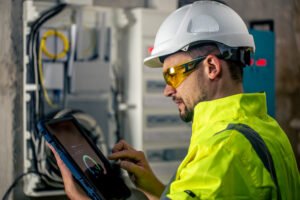
Integration with Industrial IoT (IIoT) for Smart Monitoring
Real-time monitoring of air quality systems is now possible through IIoT-enabled sensors that detect pollutant levels efficiency fluctuations and filter saturation. These sensors transmit data to cloud-based platforms allowing predictive maintenance and automated adjustments that optimize system performance.
Regulatory Compliance and Sustainability Goals
With global emission standards tightening industries are under pressure to adopt purification technologies that align with environmental mandates. Innovations showcased at the GIUF emphasize sustainability by reducing waste minimizing energy consumption and leveraging circular economy principles for filter recycling and reusability.
Future Prospects: AI-Driven Adaptive Filtration
The next phase of industrial air purification will see AI-driven adaptive filtration where machine learning algorithms dynamically adjust filter media porosity and airflow rates based on real-time contamination levels. This advancement will enable industries to achieve maximum efficiency while reducing operational costs.
As industrial facilities seek more sustainable cost-effective solutions for air purification innovations presented at the GIUF set the stage for a cleaner more efficient future.
Register to participate : Exhibitor | Delegate | Be a Speaker





